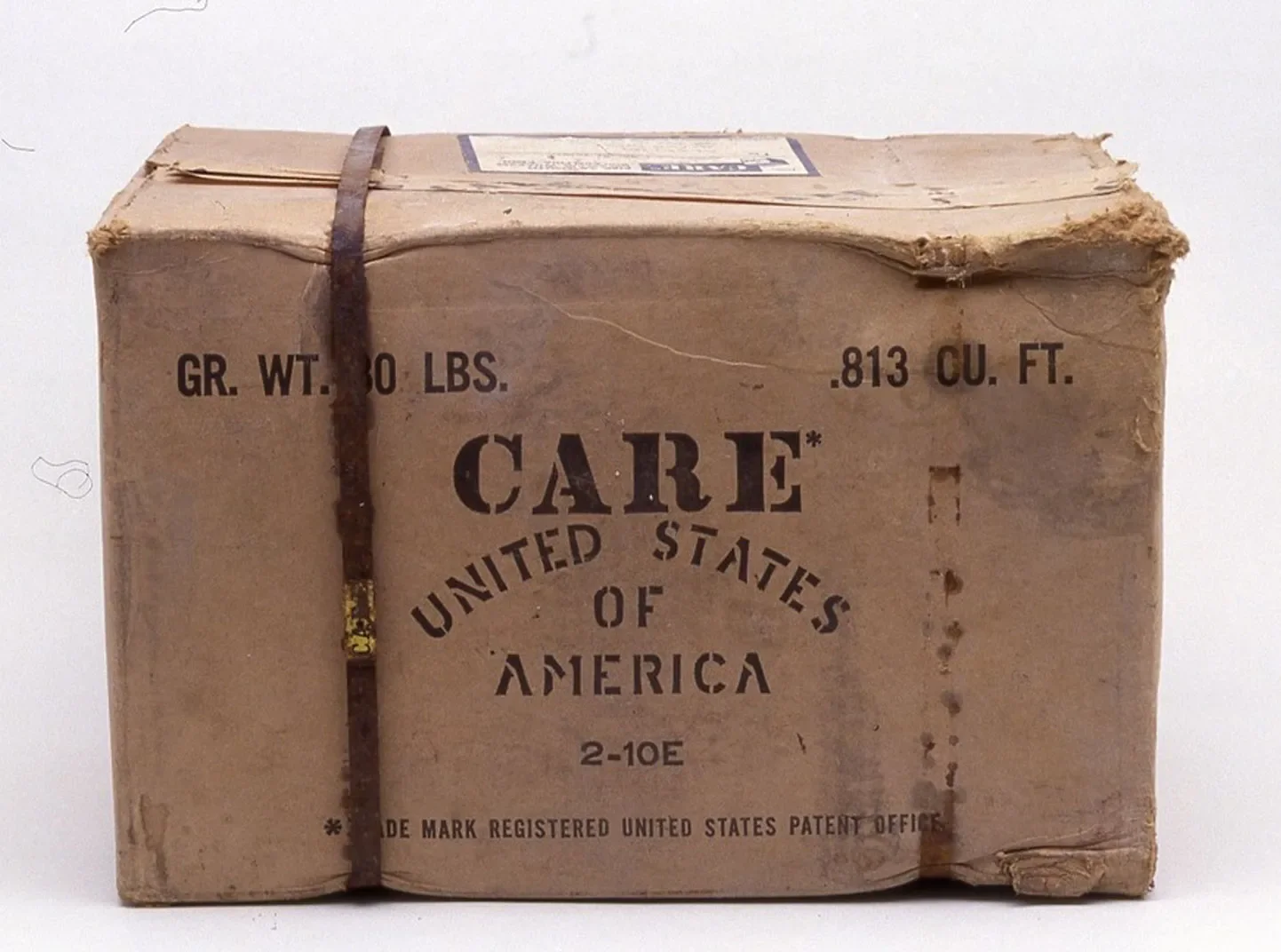Executive Summary
As of 31 March 2021, there have been 127,877,462 confirmed cases of COVID-19 worldwide, including 2,796,561 deaths in 223 countries as reported by WHO. Bangladesh had 6,11,295 confirmed cases of COVID-19 and 9,406 confirmed deaths till the end of March 2021. In response to this situation, the administration of the first dose of the COVID-19 vaccine officially started on 7 February 2021 in the national hospitals and health complexes all over Bangladesh. Despite acute demand for the vaccine, a great deal of misinformation and misconception is also apparent among general people. With the ongoing vaccine administration, it is very important to understand community acceptance of COVID-19 vaccinations.
People’s knowledge, attitudes and perceptions towards COVID-19 are of utmost importance for Government and policymakers to address all barriers to vaccine uptake and ensuring that everyone has access to vaccine. With these contexts, this survey aims to identify the overall COVID-19 vaccination perceptions among the urban marginalized population in Bangladesh based on three main objectives:
- Understanding the knowledge and practice related to COVID-19 prevention
- Assessing the knowledge and perspective regarding COVID-19 vaccination program
- To know the status of vaccine uptake among marginalized population
The urban marginalized population were purposively selected, as they are more likely to be unaccounted for or have the least access to the COVID-19 vaccine administration process. In this survey, researchers captured only the population that are direct service recipient of the Urban Health Programme (garment workers and people who inject drug) and other groups who are available around the catchment areas of the service centres of the facilities.
